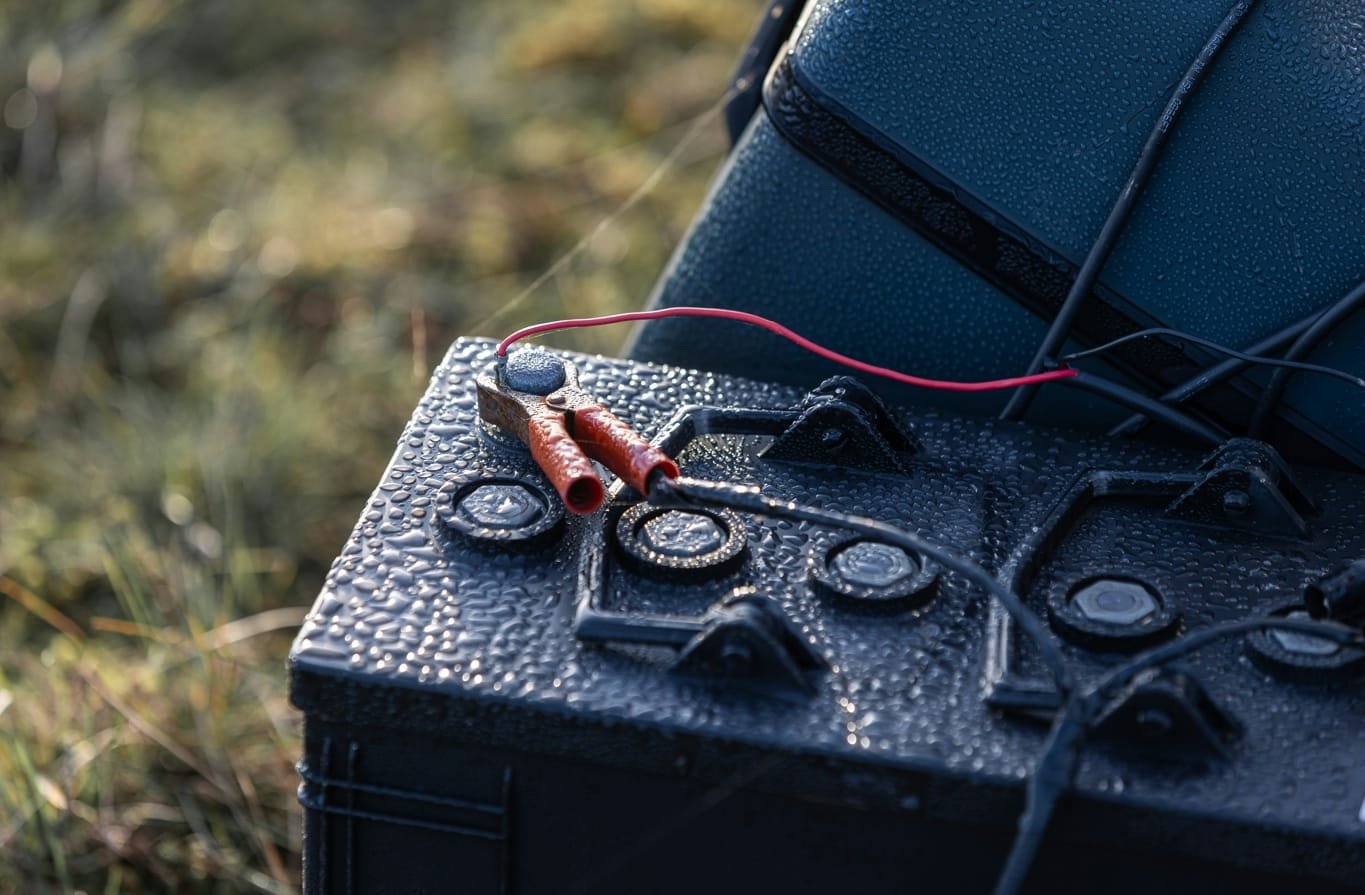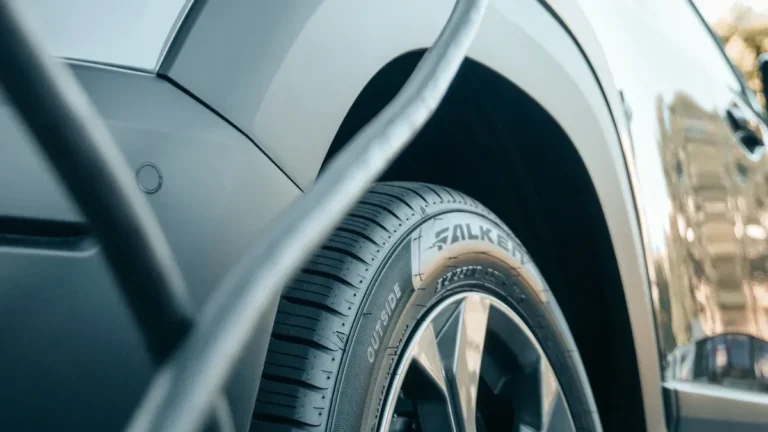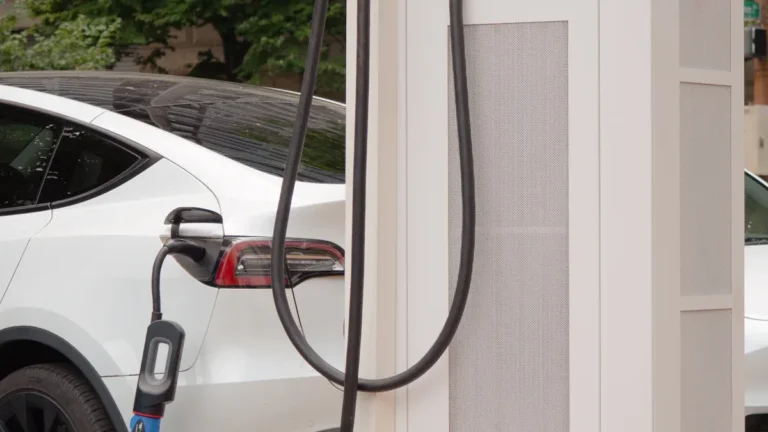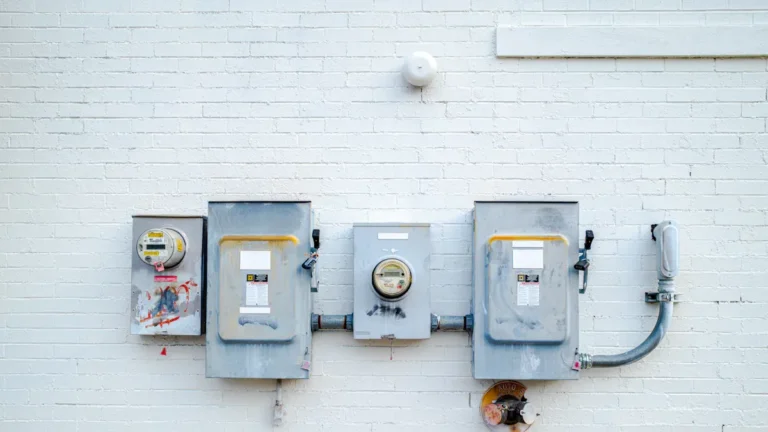For many electric vehicle (EV) owners, questions about proper charging practices and whether to charge to 100% remain confusing. This article delves into EV charging strategies to help you optimize battery life and performance.
Understanding EV Batteries and Charging Principles
Modern EVs primarily use lithium-ion batteries. These batteries store and release energy through the movement of lithium ions between positive and negative electrodes. During charging, lithium ions move from the positive to the negative electrode; the reverse occurs during discharge.
When discussing charging strategies, understanding the concept of State of Charge (SOC) is crucial. SOC represents the current charge level of the battery as a percentage of its total capacity. For example, 80% SOC means the battery is charged to 80% of its full capacity.
Charging cycles, which refer to the number of times a battery goes from fully discharged to fully charged, significantly impact battery life. According to Battery University, frequent full discharge and recharge cycles can accelerate battery degradation. This is why many experts recommend the 20-80% SOC charging principle as the best balance between battery life and daily usage needs.

Evolution of Battery Technology and Charging Strategies
1. Old Battery Technologies and Charging Practices
Early charging recommendations were often based on the characteristics of Nickel-Metal Hydride (Ni-MH) batteries. These batteries suffered from the “memory effect,” where battery capacity could gradually decrease if not regularly fully discharged and recharged. Consequently, for devices using Ni-MH batteries, regular full discharge and recharge cycles were often recommended.
However, these practices are outdated and do not apply to the lithium-ion batteries used in modern EVs. In fact, frequent full discharge and recharge cycles can accelerate the aging of lithium-ion batteries.
2. Characteristics and Charging Principles of Lithium-ion Batteries
All types of lithium-ion batteries, including Lithium Iron Phosphate (LFP) batteries, experience greater calendar aging and cycle aging when maintained at high States of Charge (SOC). This means:
- Calendar aging: Batteries degrade faster when kept at high SOC, even when not in use.
- Cycle aging: Frequent charging and discharging at high SOC ranges accelerates capacity loss.
This is why modern EV charging strategies generally advise against frequent charging to 100% and recommend maintaining a moderate SOC range (typically 20-80%).
3. Scientific Basis of Modern Charging Strategies
Modern EV charging strategies are formulated based on a deep understanding of lithium-ion battery chemistry and aging mechanisms. A study published in Nature Communications highlights that these strategies aim to:
- Minimize battery stress: By avoiding extreme SOCs (very high or very low) to reduce internal battery stress.
- Optimize service life: Extend overall battery life while ensuring daily usage requirements are met.
- Balance performance and longevity: Provide sufficient daily range while ensuring the battery maintains good condition over the long term.

Charging to 100% SOC: When to Do It and When to Avoid It
Charging an EV to 100% SOC has both advantages and disadvantages. The main advantage is maximizing driving range, which is particularly useful for long trips. However, frequent 100% charging can accelerate battery degradation.
Charging to 100% SOC is appropriate in the following situations:
- Preparing for a long journey
- When battery calibration is needed (for some models)
- Emergency situations requiring maximum range
For daily use, it’s recommended to limit charging to around 80% SOC. This not only extends battery life but also leaves room for regenerative braking, improving energy recovery efficiency.
Charging Strategies and SOC Management
For Different Battery Types
- NMC (Nickel Manganese Cobalt) Batteries: These are currently the most common type of EV batteries. They are particularly sensitive to high SOC, making it more important to strictly adhere to the 80% daily charging limit. A study published in the Journal of Energy Storage found that NMC batteries in the 95-100% SOC range experience about 40% less cycle life compared to the 25-50% SOC range.
- LFP (Lithium Iron Phosphate) Batteries: LFP batteries are relatively more tolerant of high SOC. This is why some EV models using LFP batteries (like certain Tesla models) allow more frequent charging to 100%. However, long-term maintenance at high SOC still accelerates aging. Research published in the Journal of The Electrochemical Society shows that LFP batteries in the 90-100% SOC range experience about 20% less cycle life compared to the 45-55% SOC range.
For Different EV Brands
While charging strategy recommendations may vary slightly among EV manufacturers, most follow similar principles. Here are some specific examples:
- Tesla: Recommends keeping daily charging below 90% SOC. Tesla’s official support page suggests that limiting daily charging to below 90% can extend battery life.
- Audi Q8 e-tron: The user manual suggests “charging to 80% for daily use, and to 100% for long trips.” Audi’s press release indicates that following this recommendation can maintain at least 70% of battery capacity after 8 years or 160,000 kilometers.
- Hyundai Ioniq 5: The user manual advises charging the battery to 100% once a month and not letting it drop below 20%. Hyundai’s official website explains that this strategy helps the Battery Management System (BMS) maintain accurate SOC estimates, thereby optimizing battery performance.

Balancing Range and Battery Life
To achieve the best balance in daily use, it’s generally recommended to keep the SOC between 20-80%. This range can meet most daily commuting needs while minimizing battery stress. For example, you can start charging when the battery level drops to around 30% and stop when it reaches 80%.
According to research by the U.S. National Renewable Energy Laboratory (NREL), maintaining EV batteries within this SOC range can extend battery life significantly. Their data shows:
- Batteries cycled in the 0-100% SOC range degrade to 80% capacity after 1000 cycles
- Batteries cycled in the 20-80% SOC range maintain over 80% capacity even after 2000 cycles
Conclusion
Optimizing EV charging strategies is key to maximizing battery life and performance. While the general rule of keeping the battery between 20-80% SOC is a good starting point, it’s crucial to consult your vehicle’s manual for specific recommendations. Some models may benefit from occasional full charges, while others may have built-in buffers that make charging to “100%” less concerning.
Remember, the goal is to find a balance between maximum daily range and long-term battery health. By following these guidelines and understanding the needs of your specific vehicle, you can ensure your EV maintains optimal performance for many years to come. According to data from Bloomberg New Energy Finance (BNEF), EV batteries with optimized charging strategies can easily achieve a 10-15 year lifespan, far exceeding most consumers’ expectations.


